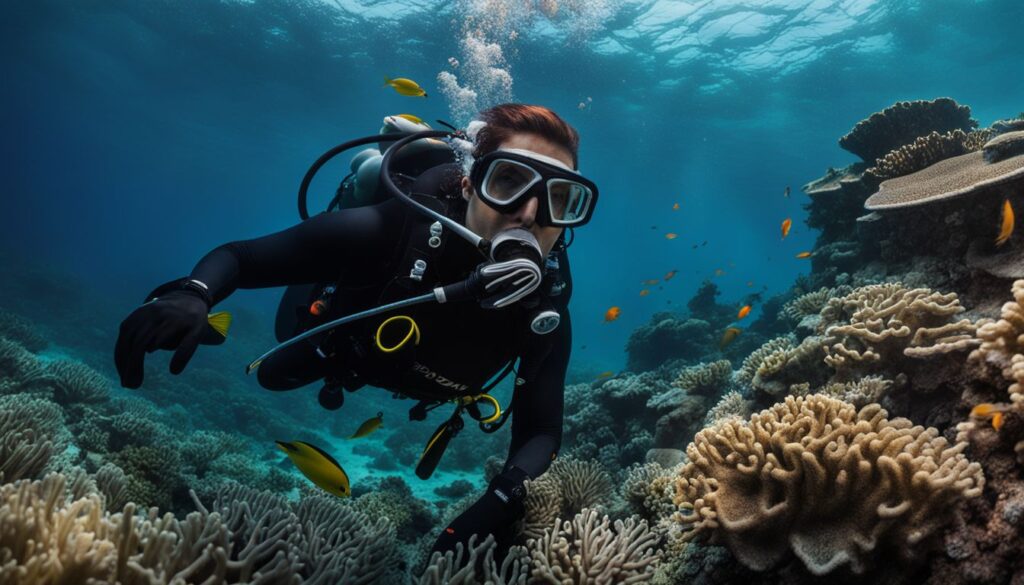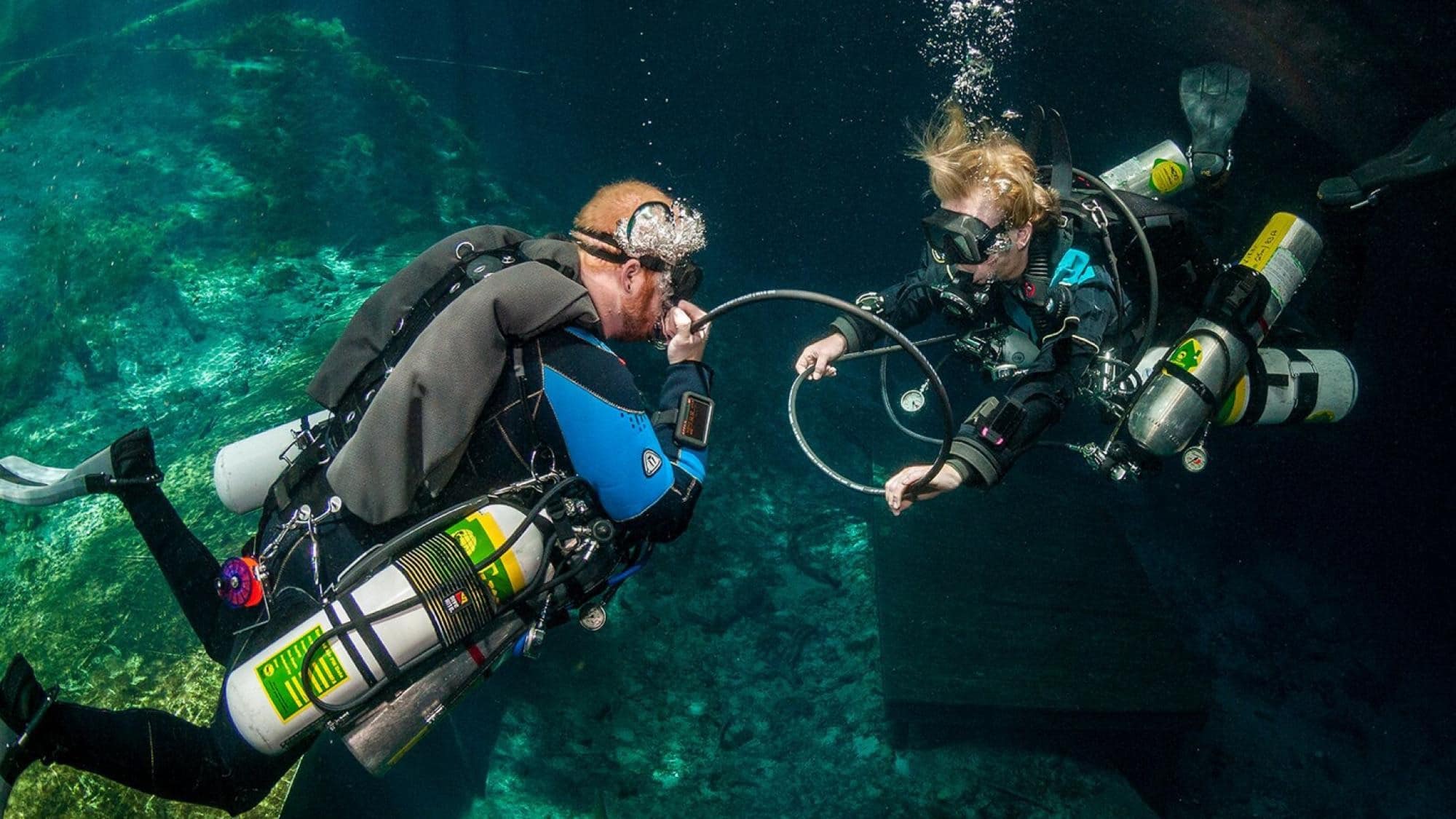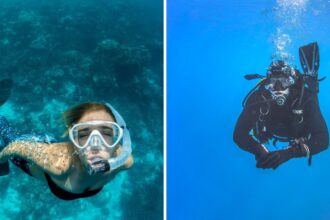Scuba diving is one of the most thrilling adventures a person can experience. Whether you’re exploring vibrant coral reefs, underwater caves, or shipwrecks, understanding your equipment is essential for safety and enjoyment. One of the most critical pieces of gear for any diver is the scuba tank. But how much does a scuba tank weigh, and why does it matter? This guide will cover everything beginner divers, adventure travelers, and scuba enthusiasts need to know about tank weight, including full vs empty weights, material differences, and practical implications underwater.
Understanding Scuba Tank Weight

Table of Contents
A scuba tank, also known as a diving cylinder, stores compressed air or other breathing gases that allow divers to stay underwater for extended periods. While scuba tanks come in various sizes and materials, one factor is universal: their weight significantly affects your diving experience.
- Impact on Buoyancy: Heavier tanks require more careful buoyancy control, especially when diving in saltwater.
- Transport and Handling: Knowing your tank’s weight is crucial for lifting it onto boats or packing it for travel.
- Safety Considerations: Improperly handling heavy tanks can cause injury on land and complicate emergency situations underwater.
By understanding how much your scuba tank weighs, you can prepare effectively for every dive.
For adventure enthusiasts, understanding the weight limit for parachute jumps is crucial before taking the plunge from the skies.
How Much Does a Scuba Tank Weigh?
The weight of a scuba tank depends on several factors, including the tank’s material, size, and pressure rating. Let’s break it down.
Standard Tank Weights
Here’s a look at common scuba tank weights:
| Tank Type | Material | Full Weight (kg) | Empty Weight (kg) | Pressure Rating (psi) |
|---|---|---|---|---|
| Aluminum 80 | Aluminum | 14 | 11 | 3000 |
| Steel 100 | Steel | 23 | 18 | 3442 |
| Aluminum 100 | Aluminum | 18 | 15 | 3000 |
| Steel 120 | Steel | 28 | 22 | 3442 |
- Full vs Empty: Notice the significant difference between full and empty weights. Tanks can feel surprisingly heavy once fully filled with air.
- Common Sizes: The 80-cubic-foot (80 cf) aluminum tank is the most common for recreational divers. Steel tanks are heavier but offer better buoyancy control for some divers.
Weight in Kg vs Pounds
For divers accustomed to imperial measurements, here’s a quick conversion:
- 1 kilogram ≈ 2.20462 pounds
- Example: An Aluminum 80 tank weighs about 14 kg full, which is approximately 30.8 lbs.
By understanding both kg and pounds, divers can better anticipate the handling of tanks during travel or boat dives.
Factors Affecting Scuba Tank Weight
Several variables determine the final weight of your scuba tank:
- Material
- Steel Tanks: Heavier but allow for better buoyancy control at depth.
- Aluminum Tanks: Lighter but may feel top-heavy when empty.
- Size and Pressure Rating
- Standard recreational tanks range from 80 cf to 120 cf.
- High-pressure tanks (like 3000 psi) weigh more when full due to the increased air volume.
- Accessories
- Valves, regulators, and tank bands add extra weight.
Example: A 3000 psi steel tank might weigh around 23 kg full but only 18 kg empty, making it crucial to account for added equipment.
Scuba Tank Weight Chart
For easy reference, here’s a comprehensive scuba tank weight chart for popular tank types:
| Tank Type | Material | Empty Weight (kg) | Full Weight (kg) | Empty Weight (lbs) | Full Weight (lbs) | Pressure (psi) |
|---|---|---|---|---|---|---|
| Aluminum 80 | Aluminum | 11 | 14 | 24 | 30.8 | 3000 |
| Steel 100 | Steel | 18 | 23 | 39.7 | 50.7 | 3442 |
| Aluminum 100 | Aluminum | 15 | 18 | 33 | 39.7 | 3000 |
| Steel 120 | Steel | 22 | 28 | 48.5 | 61.7 | 3442 |
This chart allows divers to quickly compare different tank options based on weight, material, and pressure rating.
Practical Implications for Divers
Knowing your scuba tank weight is not just about numbers; it affects your entire diving experience.
Buoyancy Control
- Heavier tanks require more lead weights to achieve neutral buoyancy.
- Lighter tanks may reduce the amount of weight needed but can feel unstable when empty.
Travel and Transportation
- Tank weight affects luggage limits for flights and boat storage space.
- Steel tanks are heavier but can be more compact, whereas aluminum tanks are lighter but bulkier.
Tip: When planning a dive trip, check your tank weight along with accessories to ensure safe and comfortable handling.
For tips on underwater endurance, check out How Long Does a Turtle Hold Its Breath?.
Costs Associated with Scuba Tanks
Scuba tanks vary in price based on size, material, and certification.
- Aluminum 80 cf: $150 – $250
- Steel 100 cf: $250 – $400
- Steel 120 cf: $350 – $500
Additional costs include maintenance, hydrostatic testing, and valve replacements. Investing in a quality tank ensures safety and longevity for years of diving adventures.
Understanding the 120 Rule in Scuba Diving
The 120 rule is a practical guideline used by divers to estimate maximum dive time:
“Multiply the tank’s pressure by 0.6 to get the approximate minutes of air at standard depth.”
- Helps divers plan dives and avoid running out of air.
- The rule emphasizes the importance of knowing your tank’s weight and air capacity.
By combining knowledge of tank weight and the 120 rule, divers can better manage their underwater experience.
FAQs (People Also Ask)
Q: How much does a scuba tank weigh full?
A: Depending on the type, a full scuba tank weighs between 14 kg (Aluminum 80) and 28 kg (Steel 120).
Q: How much does a steel scuba tank weigh?
A: Steel tanks vary by size; a Steel 100 weighs approximately 23 kg full and 18 kg empty.
Q: How heavy is a scuba tank when empty?
A: Aluminum tanks range from 11–15 kg empty, while steel tanks range from 18–22 kg.
Q: What is the difference between steel and aluminum tanks?
A: Steel tanks are heavier, more compact, and provide better buoyancy control at depth. Aluminum tanks are lighter but can feel top-heavy when empty.
Q: How much does a scuba tank cost?
A: Prices range from $150 for a basic Aluminum 80 tank to $500 for a large Steel 120 tank. Maintenance and certifications may add extra cost.
Conclusion
Understanding how much a scuba tank weighs is essential for all divers, from beginners to instructors. Tank weight impacts buoyancy, travel, cost, and overall safety underwater. By considering tank material, size, full vs empty weight, and the 120 rule, divers can make informed decisions and enjoy safer, more comfortable dives.
Proper preparation and knowledge of your equipment will ensure every dive is an adventure to remember.




